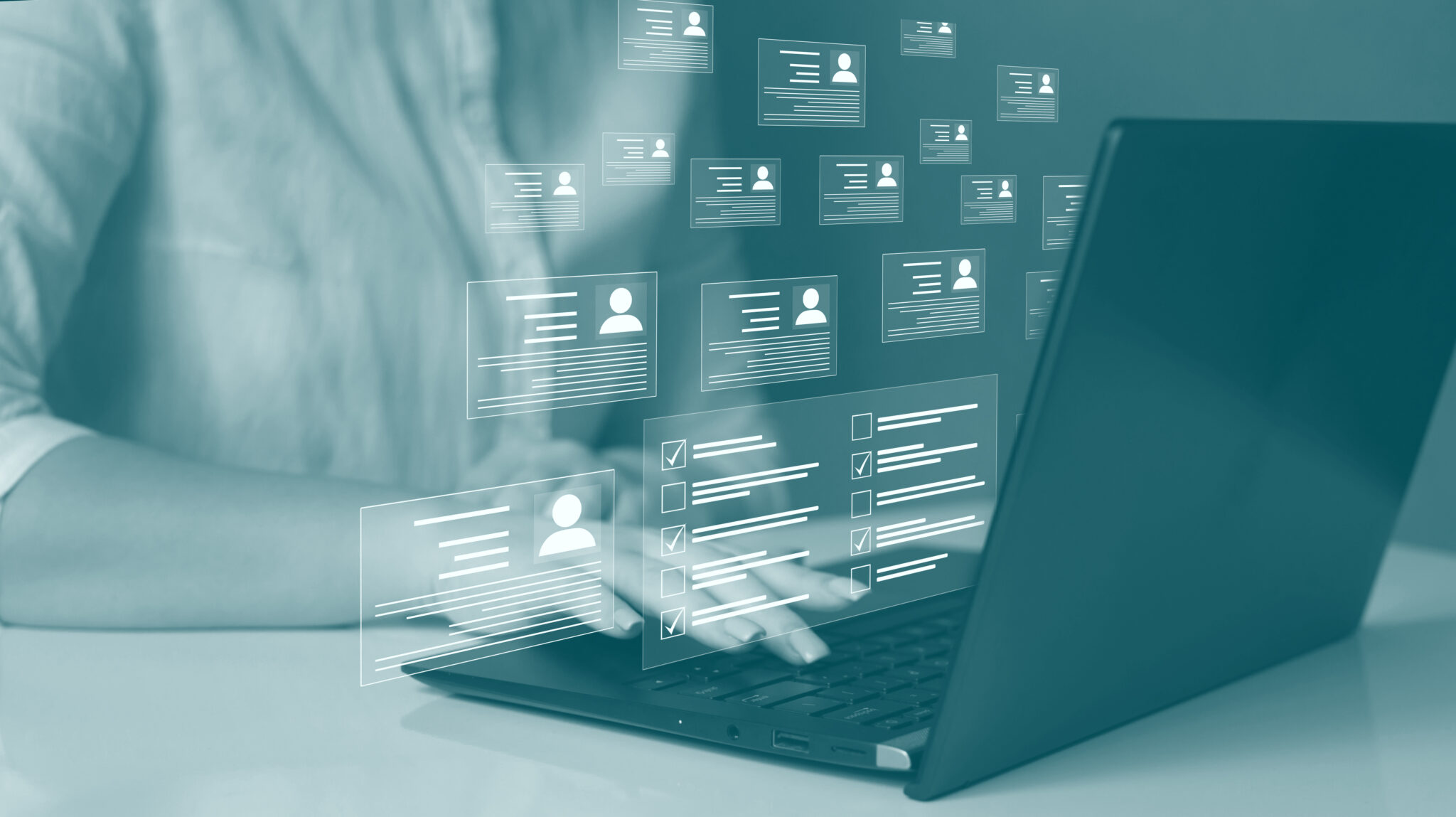Building B2B Buyer Personas: How They Differ from B2C

Looking to better understand your current and potential customers so you can better market your products or services? Look no further than buyer personas, which are a semi-fictional representation of your audience(s). The most effective marketing strategies typically include the use of buyer personas because, well, it works!
But if you’re part of a B2B organization, your buyer personas should look somewhat different than those for a consumer-facing brand.
Let’s look at the differences between buyer personas for B2B vs. B2C companies and how you can best build your buyer personas to supercharge your B2B marketing strategy.
The B2B Buyer and Sales Cycle
The sales cycles for B2B companies look different from B2C sales cycles, so it makes sense that B2B buyer personas should look a bit different to suit the longer, more complex B2B sales cycle.
B2B sales cycles typically involve multiple stakeholders and decision-makers, formal buying groups or committees, ROI analyses and other factors that lengthen and complicate the timeline. Purchase decisions may be postponed or accelerated based on changing business priorities. These more complex purchase cycles increase the need for personalized, contextualized and solution-oriented content to help your B2B buyers make a purchasing decision.
B2B buyers typically see themselves less as a customer and more as a partner in business, so they don’t often respond to aggressive sales techniques. They don’t need persuasion to make a decision — they need all the information possible to select their best option. Accordingly, B2B buyers do their own research and navigate the sales cycle on their own before they narrow down their options. Only after they have done the necessary homework will they begin to engage with the sales team. Because of the many stakeholders involved, B2B purchases are more considered, more highly researched and less impulsive than B2C purchases.
A well-developed B2B persona can help sales and marketing identify a business’ level of change readiness — their willingness and ability to navigate the changes surrounding a purchase decision — which can be a predictor of deal quality and growth prospects.
Here’s how to build your ideal B2B buyer persona and use it to better target your prospects, serve existing customers and turn previous happy customers into brand evangelists.
How to Create A B2B Buyer Persona
Start by gathering both quantitative and qualitative data on your prospects using tools such as Google Analytics, HubSpot or your CRM. Analyze your web data to track user journeys throughout your website, including actions taken, conversion and heat mapping to show where your site visitors linger. You can also conduct user research via surveys, website form fills interviews and social listening campaigns to better understand your customers and prospects. Tap your current customers, sales prospects, referrals and third-party networks to gather this qualitative data.
B2C buyer profiles often include demographic information that paints a full picture of your imaginary customer (for instance, their favorite foods, sports teams, hobbies, etc.) B2B buyer profiles, on the other hand, should focus more on psychographics and their professional role — your ideal buyer’s actual behaviors, motivations, pain points and goals at work — rather than personal information. This psychographic information will help you better understand the mindset of your target prospects and tailor your content accordingly.
Here are some strategic information buckets to fill during your research phase to help you build your B2B buyer personas:
- Work profile: role, level of seniority, responsibilities
- Educational/career background
- Company type/size/revenue
- Their industry as well as their customer’s industries
- Desired outcomes (short and long term)
- Biggest challenges
- Buyer intent and budget
- How they measure success
- Knowledge and tools required in their role
- How they consume information for their job
- How purchasing process works at their company, who makes buying decisions
- When and they prefer to interact with vendors and sales reps
- Industry trends
- Frequency of need
Use this information to sketch out a fictional representation of your ideal customer. You may have just one “type” of target customer and therefore only require one buyer persona. Most businesses, however, will have at least two and up to five different prospect categories that require distinct messaging to speak to their specific circumstances and needs.
Using Your B2B Buyer Persona Data
Once you have used this information to compile a few well-defined B2B buyer personas, it’s time to use them to the best of your advantage. This process should involve segmenting your audience into a few distinct groups so you can tailor content to those specific groups and better speak to their motivations and limitations.
This customized, timely and highly targeted messaging should offer solutions and support to help your target prospects make purchasing decisions and move further along the sales cycle. It should also be in a format with which your prospects will actually engage. For example, if your buyer personas often receive information via email newsletters, you may want to create a newsletter with information and solutions that will interest that persona group.
You can also use your buyer personas to identify content gaps in your existing content or your upcoming content calendar. Is there information your prospects are seeking that you don’t address on your website or blog?
Finally, be sure to employ your B2B buyer persona data across sales, marketing, product and customer support for full business alignment and to personalize your customer’s experience throughout the buyer journey — not just when they’re being marketed to. For example, sales can use B2B buyer persona information to determine the ideal point in the purchase cycle for outreach or further prospect engagement.
Buyer personas can be a powerful tool for building empathy and relationships with your existing customers as well as your prospects. But don’t make the mistake of applying B2C principles to your B2B buyer personas. Take the time to tailor your personas to the unique needs of B2C prospects, and you’ll be rewarded with a better sense of your ideal customer’s needs and wishes. If you need guidance on how to get started or you want to discuss how our team can develop your b2b buyer personas for you, contact us now!


